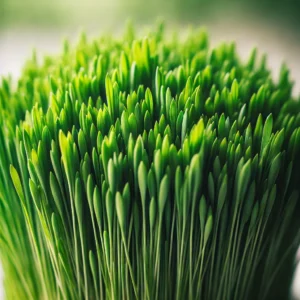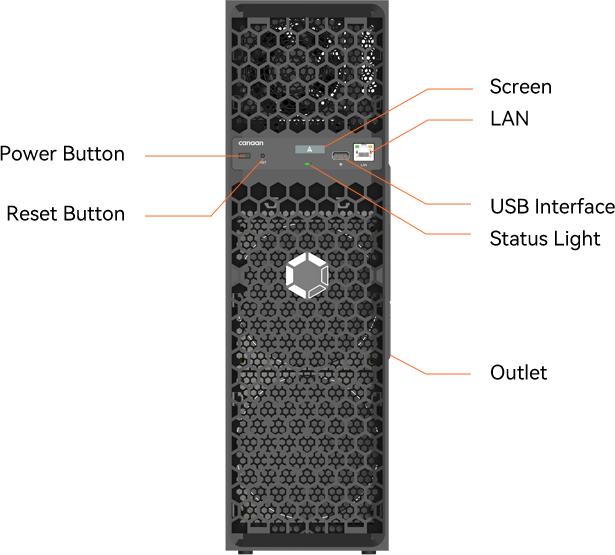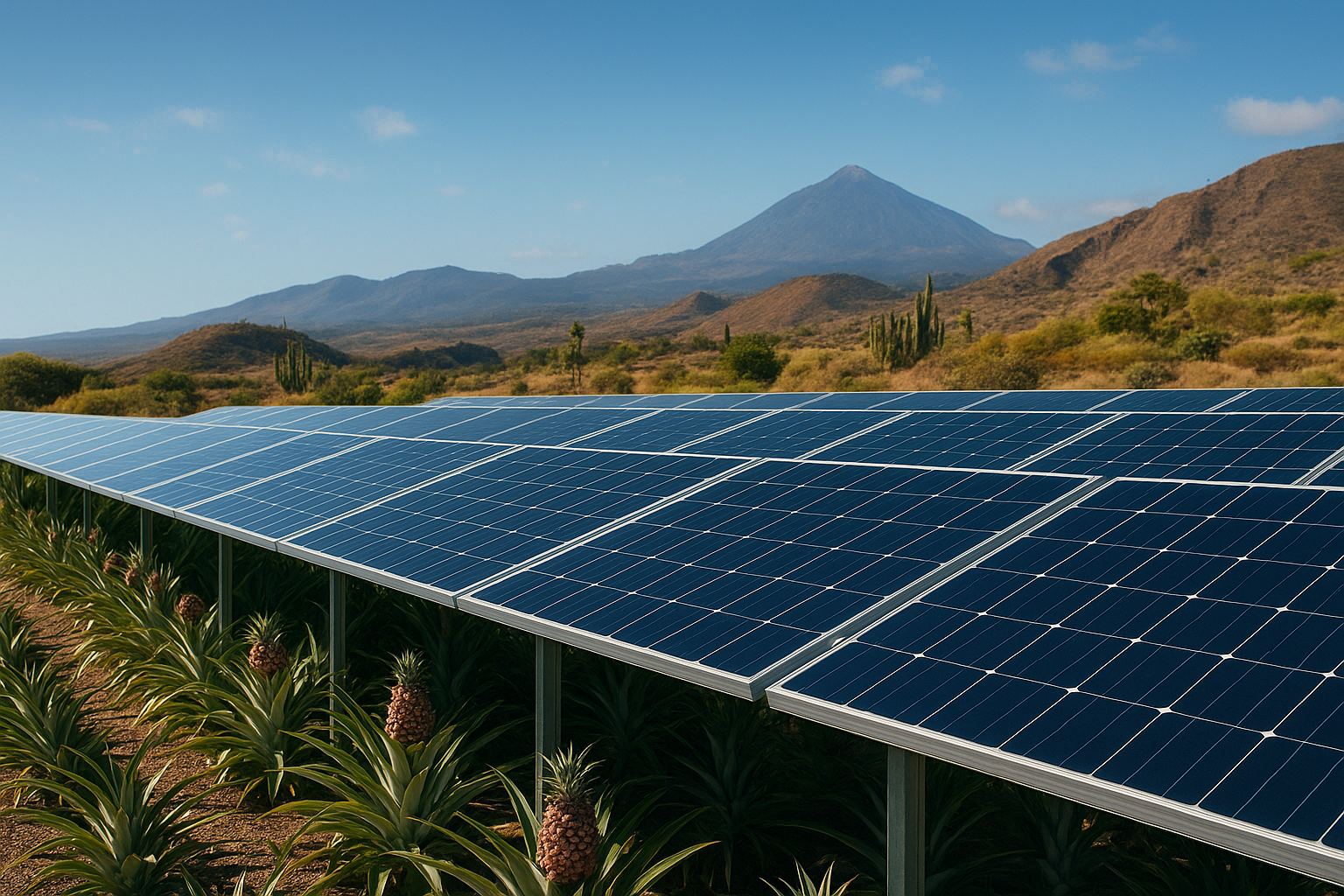Sustainable wheatgrass cultivation with hydroponics as animal feed in the Canary Islands
The Canary Islands face challenges in agricultural production due to their limited arable land and dry climate. In particular, the feed supply for livestock such as cattle, goats and sheep is often dependent on imports. Hydroponic cultivation of wheatgrass offers a sustainable alternative - a resource-saving and effective method of producing fresh, nutritious fodder locally.
Why wheatgrass as animal feed?
Wheatgrass is an excellent source of nutrition as it:
- Has a high nutrient density (rich in vitamins, minerals and enzymes).
- is easily digestible and thus improves feed conversion.
- Requires little water and space, especially for hydroponic cultivation.
- It is ready for harvest in just 7-10 days, which enables continuous production.
Hydroponic wheatgrass cultivation: a sustainable solution
Hydroponics is a soil-less cultivation method in which plants grow in a nutrient-rich water solution. This technique is particularly suitable for the Canary Islands as it requires little water and is independent of the soil.

Steps in the hydroponic cultivation of wheatgrass:
1st sowing: Wheat grains are soaked in water for 12-24 hours to promote germination.
2. germination: The seeds are sown on special cultivation mats or in flat trays without soil.
3. watering: A spray or drip system keeps the seeds moist.
4th growth phase: In a climate-controlled environment or in greenhouses, the plants grow to a height of approx. 15-20 cm within a week.
5th harvest: The grass is cut directly and can be fed fresh or dried to the animals.
Advantages for the Canary Islands
1. water saving
Hydroponic systems require up to 90 % less water than traditional arable farming - a major advantage in the Canary Islands, where rainfall is low.
2. less dependence on imports
The majority of animal feed is currently imported. Local production can reduce transportation costs and CO₂ emissions.
3. space-saving production
Hydroponic systems can be built vertically, minimizing the space required - ideal for small farms.
4. higher feed quality and productivity
Fresh wheatgrass improves animal health and can increase milk and meat production.

Application example: Hydroponic farms in the Canary Islands
One example of sustainable agriculture would be a small hydroponic farm on Tenerife or Gran Canaria that grows fresh wheatgrass as feed for local goat and cattle farms. In combination with renewable energies (e.g. solar power), such a system could be operated almost self-sufficiently.
Conclusion
The hydroponic cultivation of wheatgrass is a sustainable and efficient solution for animal feed production in the Canary Islands. By saving water, producing high yields in a small space and being independent of imports, this method can help to strengthen local agriculture.
An investment in hydroponic systems could revolutionize feed production and ensure greater sustainability and food security in the long term.


